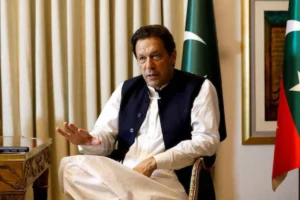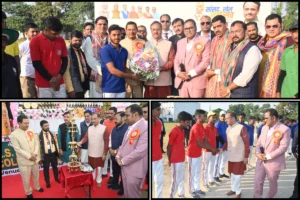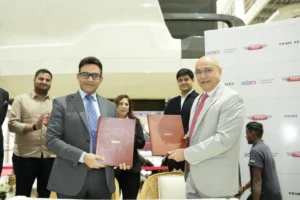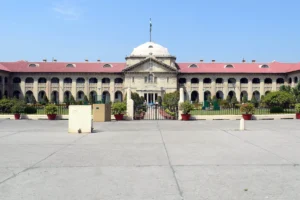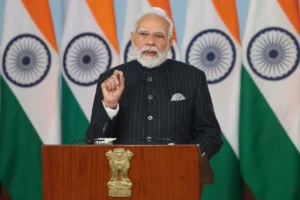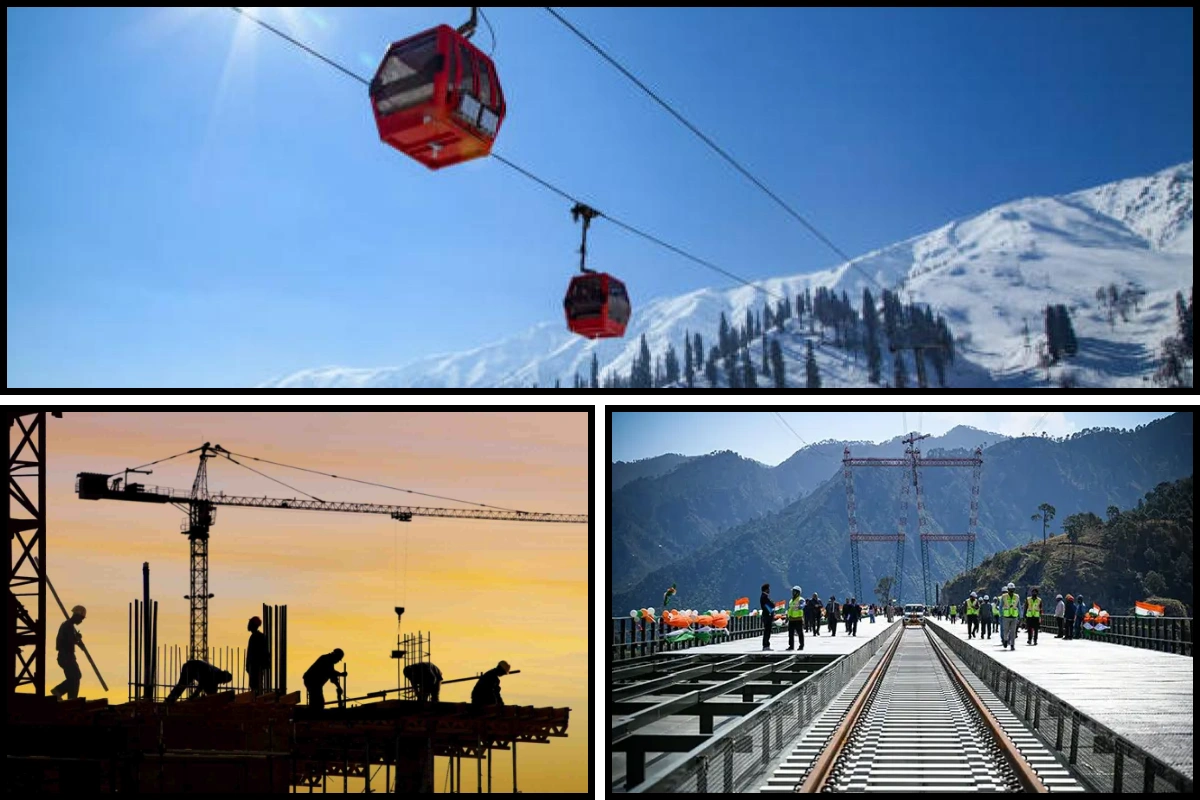
In the last decade, Jammu & Kashmir (J&K), once known for its geographical isolation, has been on a transformative path.
Guided by Prime Minister Narendra Modi’s vision of growth, the region has experienced substantial improvements in infrastructure and connectivity, driving economic growth, tourism, and national integration.
Connecting The Region Through Infrastructure
For years, J&K’s remote location and challenging terrain hindered its economic growth, limiting trade and tourism.
However, the government’s focus on developing infrastructure has reversed this trend. In 2014, the government launched a comprehensive development plan to overhaul the region’s connectivity.
This shift has unlocked the economic potential of J&K, allowing farmers to access wider markets, boosting local businesses, and revitalizing the tourism industry.
Thousands of jobs have been created, empowering the local population and spurring regional prosperity.
Building infrastructure in J&K has been an arduous task. The region’s mountainous terrain, extreme weather conditions, and security challenges made construction projects difficult.
However, with innovative planning, advanced technology, and the commitment of engineers and workers, these obstacles have been overcome.
Infrastructure projects are not just about constructing roads and tunnels-they symbolize trust, hope, and integration within India’s development story.
Revitalizing Tourism & Improving Accessibility
To further boost tourism, the government is developing 54 ropeway projects, including significant investments such as the Shankaracharya Temple Ropeway and the Baltal to Amarnathji ropeway.
These projects will provide enhanced access to tourists and pilgrims, boosting the region’s tourism potential.
Additionally, the Jammu-Srinagar corridor is undergoing major transformations, with an investment of ₹45,000 crore allocated to improve road networks and reduce travel time, enhancing regional connectivity.
The government’s infrastructure development is reshaping J&K into a thriving hub for trade, tourism, and employment.
With improved connectivity, the region is becoming an integral part of India’s growth.
Through continued investments in roads, tunnels, and transportation networks, J&K is transforming into a key contributor to India’s economic story.
Key Infrastructure Projects
The region is benefiting from a ₹1 lakh crore investment dedicated to constructing vital roads and tunnels. Notable projects include:
- Z-Morh Tunnel: A 6.5-km tunnel that ensures year-round connectivity to Leh, Sonmarg, and Kargil.
- Zojila Tunnel: Asia’s highest-altitude tunnel, reducing travel time between Srinagar and Leh by 3.5 hours.
- Srinagar Ring Road: A 104-km, four-lane highway set to alleviate congestion and complete by 2026.
- Delhi-Amritsar-Katra Expressway: A 670-km expressway reducing travel time between Delhi and Katra, fostering economic development.
With its ongoing infrastructural developments, Jammu & Kashmir is not only enhancing its connectivity but also securing its future as a significant player in India’s growth story.
The continued focus on infrastructure, tourism, and economic development is helping J&K realize its true potential, bringing prosperity to the region and reinforcing its integration into the national framework.
Also Read: Indian Railways Sees Rise In Women Participation; Workforce Share Hits 8.2%
To read more such news, download Bharat Express news apps







